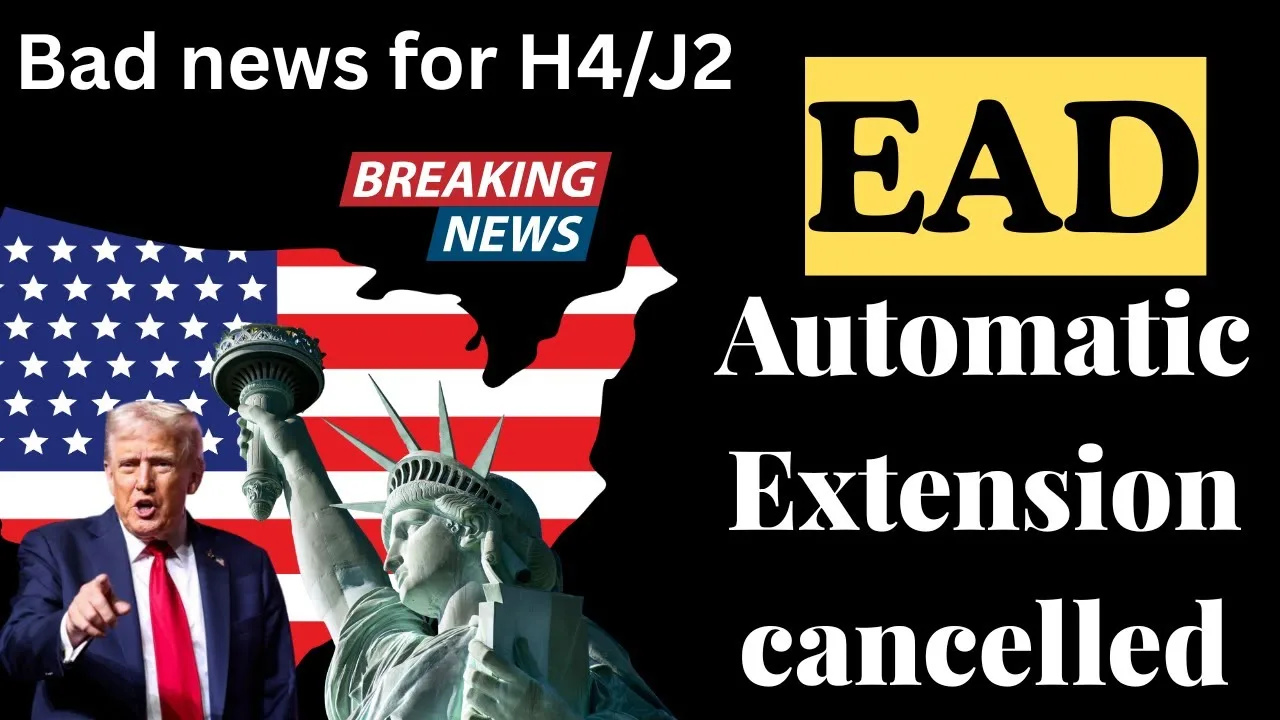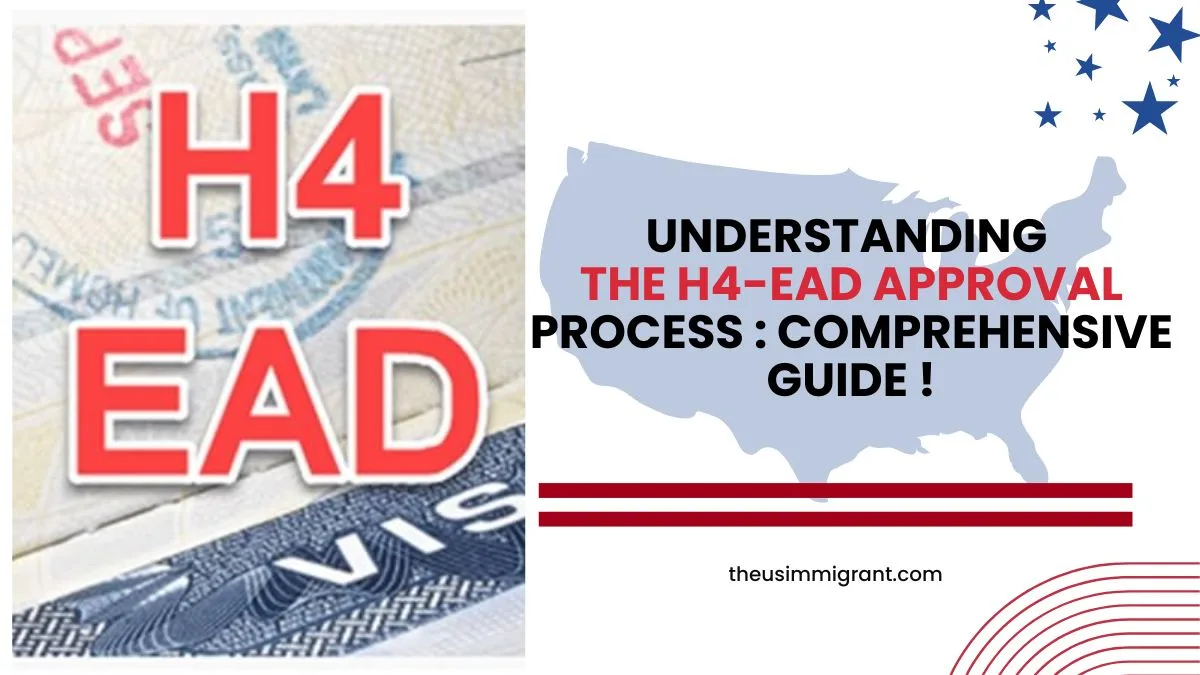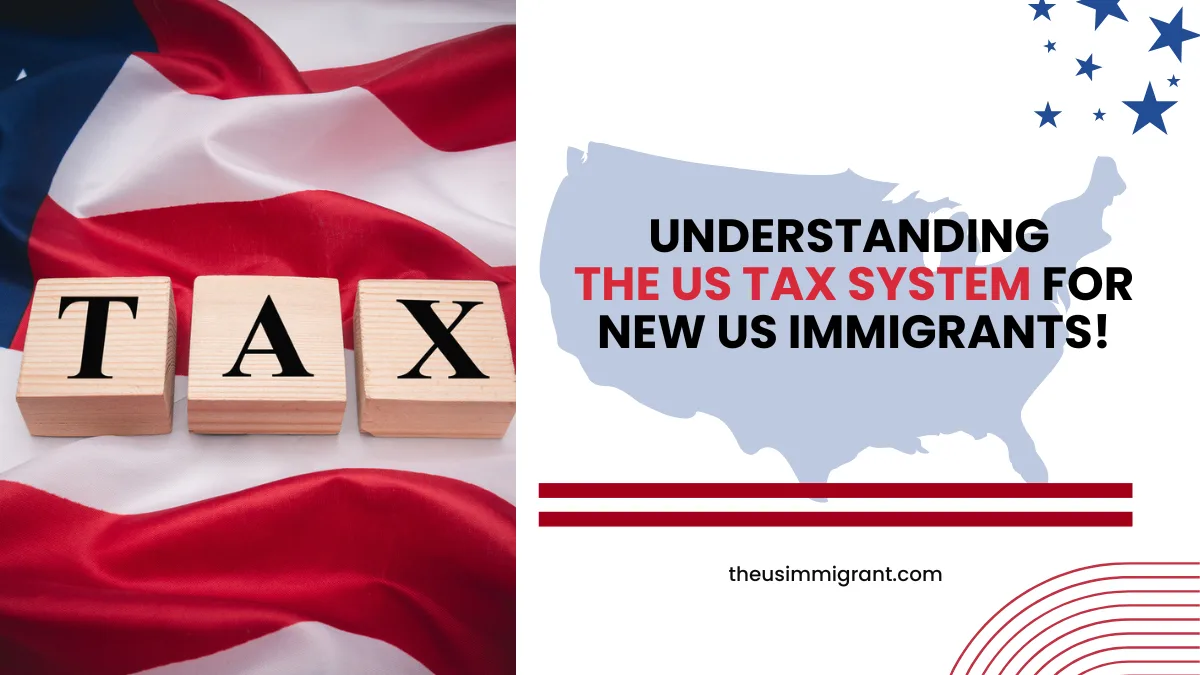Introduction
As President Biden’s term concluded, his administration cemented a landmark immigration policy: a permanent 540-EAD Auto-Extension for Employment Authorization Document (EAD) renewals.
Effective January 13, 2025, this rule aims to protect over 1.5 million foreign workers from employment gaps amid bureaucratic delays.
But with the Trump administration poised to take office, the policy’s future hangs in the balance.

What Is the 540-Day EAD Auto-Extension?
The extension allows eligible immigrants to continue working for up to 18 months while awaiting EAD renewals from U.S. Citizenship and Immigration Services (USCIS). To qualify, applicants must:
- File renewal forms (I-765) before their current EAD expires.
- Apply under the same eligibility category (e.g., H-4, L-2, or asylum seekers)
- Belong to one of 14 designated categories, including green card applicants (C09), TPS holders (A12/C19), and H-1B spouses (C26)
The rule replaces a temporary 180-day extension enacted in 2016, which failed to address growing USCIS backlogs.
Key Government Bodies Involved
- Department of Homeland Security (DHS): Issued the final rule on December 13, 2024.
- USCIS: Manages EAD processing and compliance.
Trump’s Stance: A Regulatory Sword of Damocles
While the Biden administration framed the extension as critical for economic stability, the incoming Trump administration has signaled potential revisions. Immigration analysts note that Trump could:
- Roll back the 540-day window to 180 days.
- Exclude categories like H-4 and L-2 spouses.
- Tighten eligibility for asylum seekers.

Timeline of the Rule
- May 2022: Temporary 540-day extensions introduced under Biden.
- April 2024: Extended through September 2025 amid processing delays.
- December 13, 2024: DHS finalizes permanent rule.
- January 13, 2025: Rule takes effect, applying retroactively to all eligible applications since May 2022.
Advantages for Immigrant Communities
- Financial Stability: Families avoid income loss during renewals (average wait: 12–16 months).
- Healthcare Access: Continued employment ensures insurance coverage for 230,000 EAD holders.
- Mental Health Relief: Reduces anxiety linked to “EAD expiry limbo”.
Beneficiaries:
- Immigrant Families: 540,000 H-4/L-2 visa holders—mostly women—retain income to support households.
- Employers: Tech giants and healthcare firms avoid staffing gaps; I-9 compliance costs drop 30%.
- TPS Holders: Over 400,000 individuals from crisis-hit nations like Haiti and Sudan maintain legal status.
Stakeholders: Who Wins, Who Loses?
Critics:
- Border Hawks: Argue extended work permits incentivize “chain migration”.
- USCIS Staff Unions: Warn of strain from retroactive applications dating to May 2022
Voices in Support


Voices in Opposition


Conclusion
As the 540-day rule faces political crosswinds, its legacy may hinge on whether it’s seen as a humanitarian necessity or a bureaucratic overreach.
For now, millions of workers breathe easier—but the clock is ticking.



